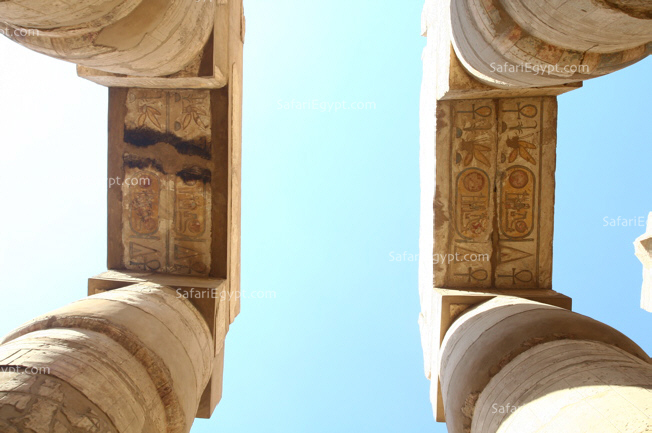 |
Egypt Hotels | Egypt Tours Packages | Egypt Picture | Nile Cruises | Egypt Information | Egypt Diving | Safari Desert | Egypt Maps |
| Egyptian Art Egypt ancient history clip picture work architecture symbol |
| Home | Diving | Egypt Hotels | Safari Desert | Nile Cruises | Egypt Tour Packages | Egypt Map | Information | Egypt Pictures | About Us |
| Ancient Egyptian Art’s Major developments With the beginning of the first dynasty, 5000 years ago, a civilized and elaborate artistic way of life started to develop throughout the country. Such artistic movement was mainly inspired by honoring the different Gods that were worshipped, and although the artistic subject matter remained unchanged for almost 3000 years- Gods and Religion- ancient Egyptian art has never witnessed a static state, as artists avoided imitation and valued created and variation.
Ancient Monuments: Symbolic representation was a very common artistic feature related to monuments, which continuously evolved over time. While visiting museums or temples in Egypt, it is common to see Kings and noble families represented with heads or bodies of animals. This was done in belief of tracing ancestry with animals, whose qualities seemed like their own. To mention a few common examples of artistic representation; The goddess Sakhmet of war, represented with a lion’s head in Karnak Temple to reflect courage and strength, and Ibis with a curved beak and round eyes representing intelligence and control of all mental activities. Pyramids: In the year 2900 B.C., during the reign of King Djoser, burial structures have witnessed a remarkable transformation; from being simple pits dug in earth to setting huge mastabas on top of each other to form the Saqqara stepped Pyramid we now visit in Sakkara. Such an artistic evolution paved the way for the great Pyramids of Giza to be built in the Forth Dynasty with smooth sides, reflecting crucial development. Temples: Not until a thousand years after the Old Kingdom ( 2660- 2180 B.C.) did building and art take a noticeable leap, and the delicate temples with their spacious courtyards, massive columns and metal obelisks with flashing tips in the sunlight are the best example. The most elegant example would be the temple built for Queen Hatshepsut.
Portraits: With the growing belief of KA or spirit of a man can live forever if a portrait was kept in his tomb, portrait sculptor started to develop. First portraits were void of personal expressions, and emotion, such as that of King Menkawra and his wife of the Forth Dynasty, which later developed in the Middle Kingdom to reflect the persons’ mood and character, such as Queen’s Hatshepsut’s portrait carved as a sphinx to portray dignity and strength. Portraits reached their climax in the reign of Amenhotoep III, with the 63 feet colossal statues towering the empty desert, as the finest example.
Ancient Egyptian Art Revolutionized
continue reading about Queen Hatshepsut << Previous (1 - 2) |
|
